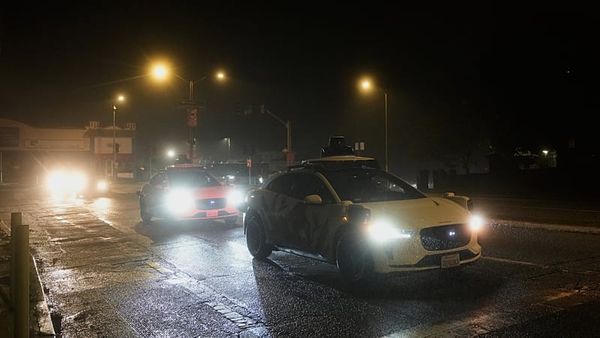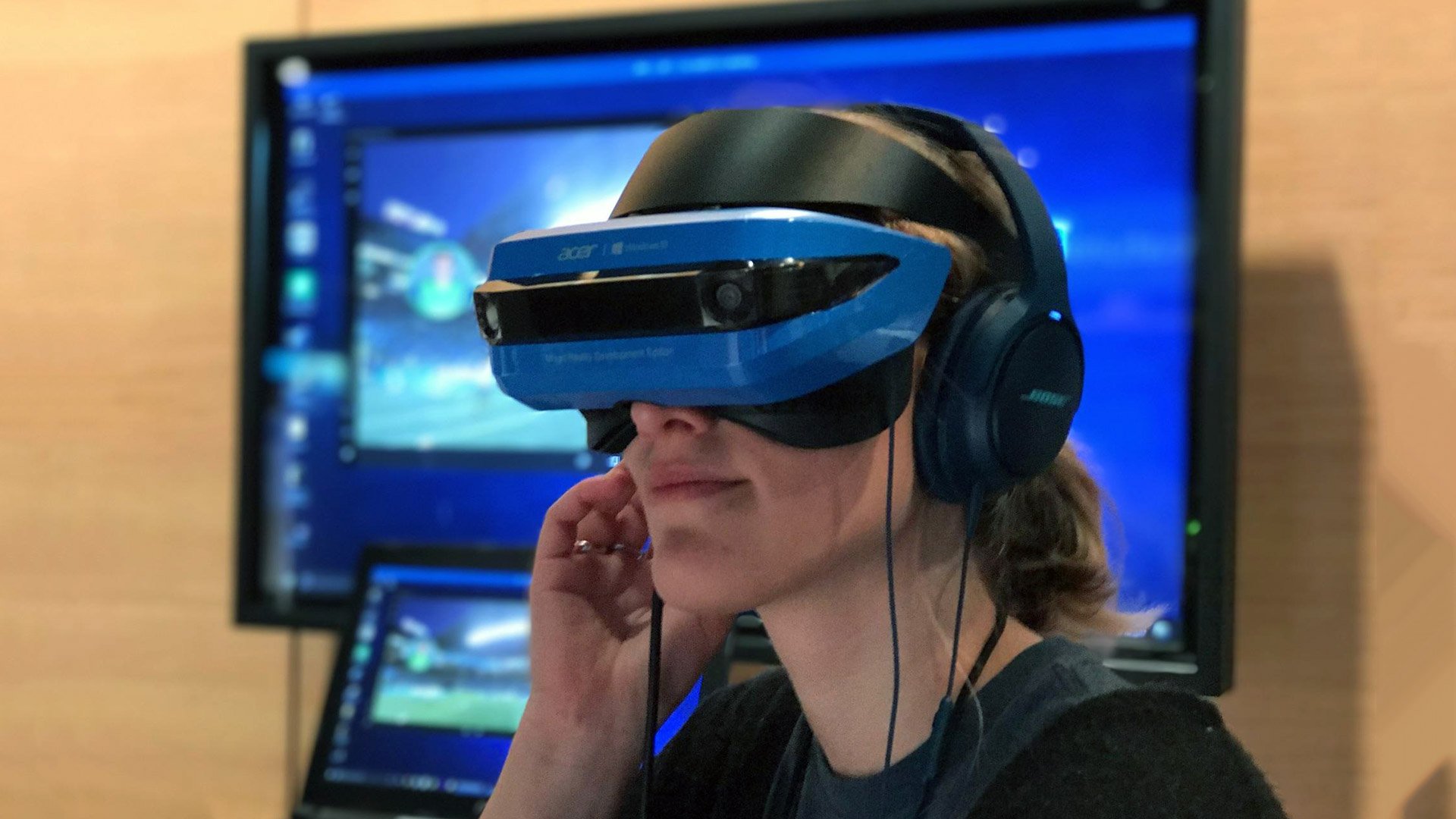
Microsoft's misnomered virtual reality initiative, Windows Mixed Reality (WMR), is being revived by a lone Microsoft employee.
In a post on the WindowsMR subreddit, user mbucchia — a current Microsoft engineer who has a history of custom VR work — revealed their upcoming "Oasis" driver.
It's intended to bridge WMR headsets and controllers for use with SteamVR, eliminating the need for Microsoft's proprietary Mixed Reality Portal.
This is great news for (nearly) everyone who currently has a WMR headset sitting dormant, unusable due to Microsoft's decision to deprecate the WMR platform in 2023.
Things are about to change - "Oasis" Driver for SteamVR from r/WindowsMR
Windows Mixed Reality is back ... sort of
As mbucchia explains it, "the Oasis driver is a native SteamVR driver" that works similarly to the existing drivers for PSVR2 and Valve's own Index headset.
Better yet, it will support WMR's excellent inside-out motion tracking for the controllers and full six degrees of freedom (6DoF) for the headsets.
The Oasis driver, which is "coming Fall 2025," according to mbucchia, will bypass the Mixed Reality Portal requirement.
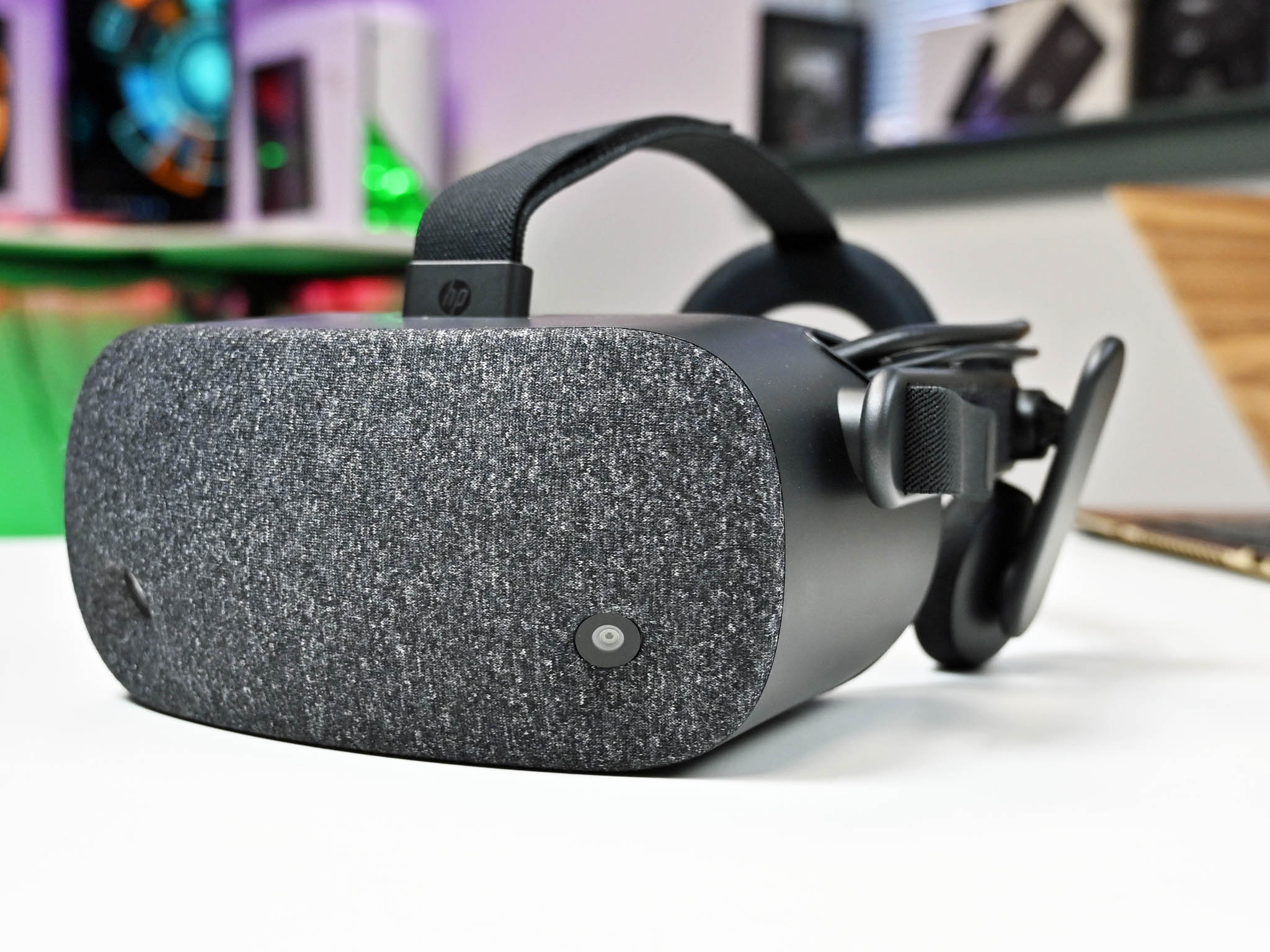
The final Windows Mixed Reality headset, the HP Reverb G2 that I reviewed, launched in 2021. It's admittedly some high-end hardware that showed off the best of what WMR could offer, but it didn't get a lot of support.
Only a couple of years later, Microsoft announced it was removing WMR support completely in the Windows 11 24H2 update. Worse, the deprecation by Microsoft included support for SteamVR, effectively bricking a lot of perfectly usable hardware.
It's important to point out that the upcoming Oasis driver will not be open source. As mbucchia explains it in a follow-up post in the reddit thread:
I still am an employee of Microsoft (no longer in Mixed Reality division however). I am bound by NDAs and other obligations. I want to be clear that I have taken much care to NOT BREACH any of these agreements while working on this project. In particular, I am leveraging SteamVR for a lot of heavy lifting and I am not borrowing any Microsoft intellectual property. But I am also leveraging years of learning done with Microsoft and on the side as well. Not opening the code makes it safer for me to not accidentally/unconsciously drop any code that could be questioned.
In a later response, mbucchia says they "don't plan on charging as long as I don't have any related expenses." That could, of course, change in the future, but other projects from the same engineer — like OpenXR toolkit and VDXR — remain free today.
I might be alone with this opinion, but charging a few dollars to resurrect an otherwise useless piece of expensive hardware doesn't seem like that big of an ask.
As for upkeep, the Oasis driver is being designed not to require a lot of work once it's in the wild and stable. A lot of that rests on Valve's side, with its own maintenance that keeps SteamVR working with a wide range of hardware.
The Oasis driver is confirmed as working with a couple of WMR headsets so far, including the HP Reverb G1 we reviewed. Each headset will require a bit of tweaking, explains mbucchia, and a bit of crowdsourcing for each headset's data could be required.
The Oasis driver has one major restriction
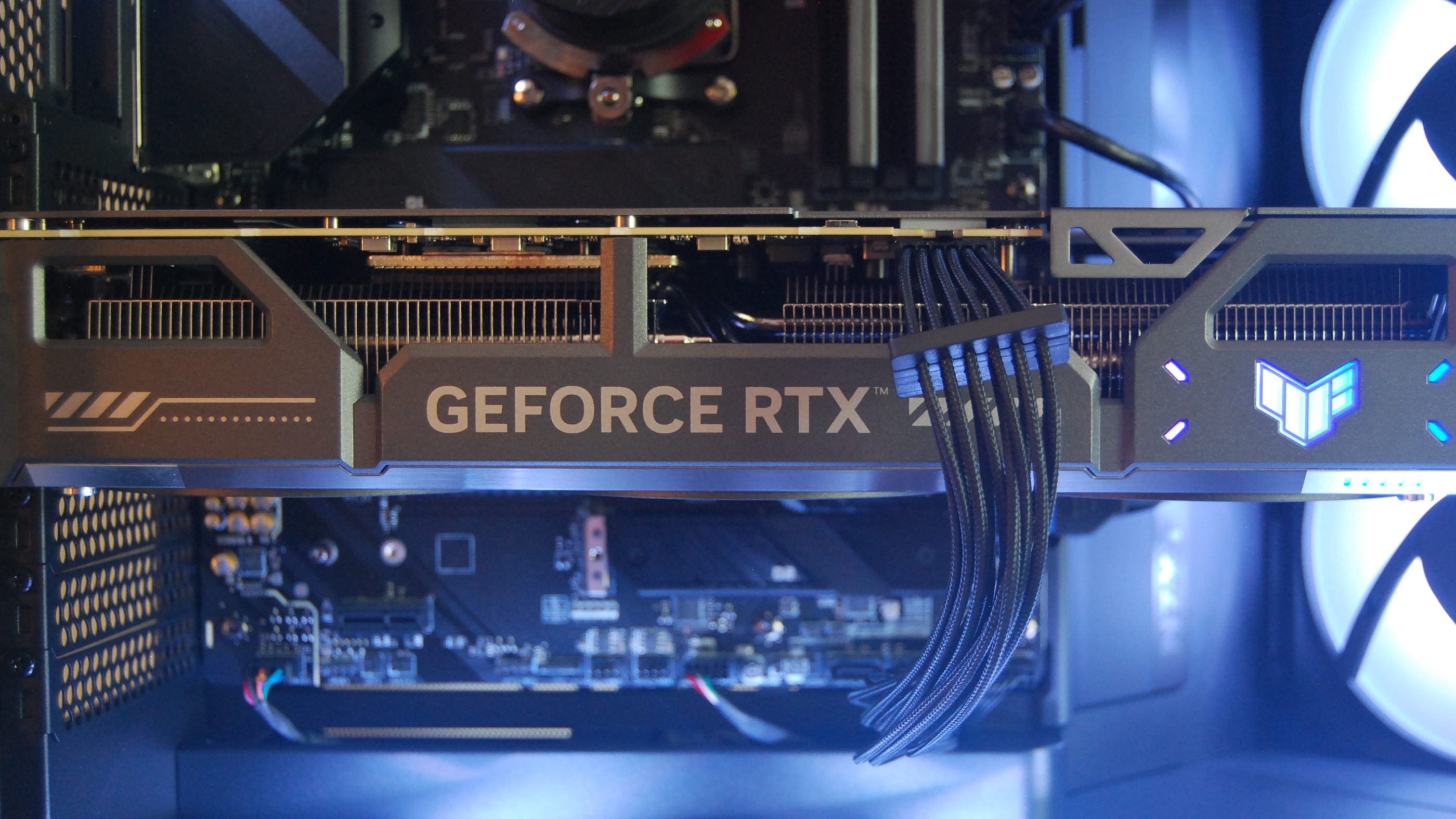
The biggest letdown out of this Oasis driver news is a lack of support for any GPUs other than NVIDIA. If you have an AMD or Intel GPU, it's not going to work.
That's due to how SteamVR "interfaces with the GPU drivers," says mbucchia. It's not something they can change or control.
Sorry, AMD and Intel users. If you want to dig your WMR headset up and use it again, you'll need to seriously consider going with an NVIDIA GPU for your next PC upgrade.
The future of Windows Mixed Reality
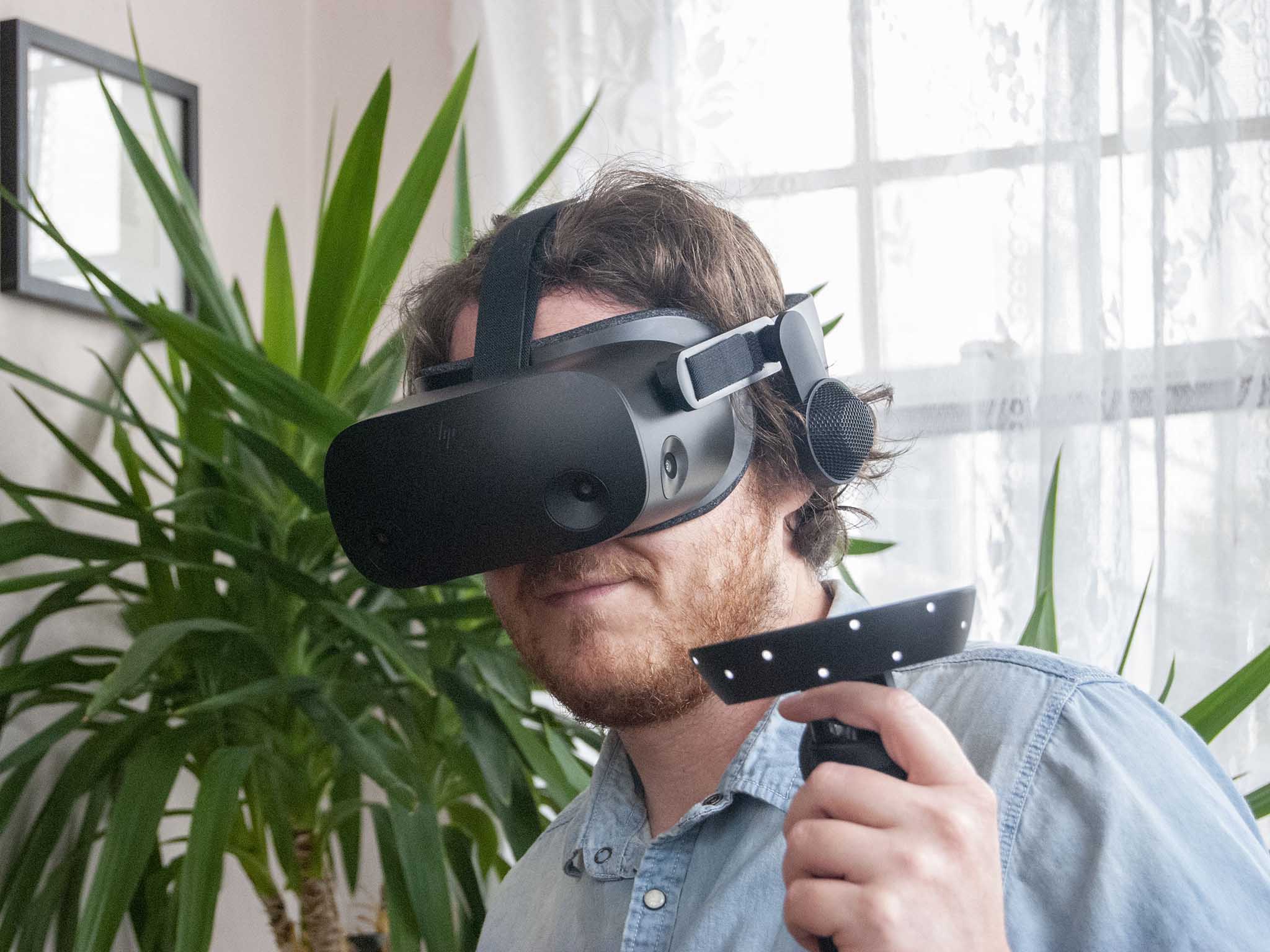
I recently wrote a rather lengthy retrospective look at Windows Mixed Reality's run, wrapping up the coverage with a look at what could have been done to save the platform.
As I mentioned there, "Microsoft could likely have lifted restrictions on code, turning it into an open-source platform and allowing enthusiasts to take it to the next level."
Of course, that never happened. What I didn't foresee was one Microsoft engineer taking matters into their own hands and prepping a driver that will save a whole lot of perfectly functional hardware from becoming e-waste.
It will be interesting to see how well the Oasis project turns out later this year. If it all works as planned, I can see a spike in SteamVR users who are dusting off their WMR headsets for one more go. I know I'll be among them.




